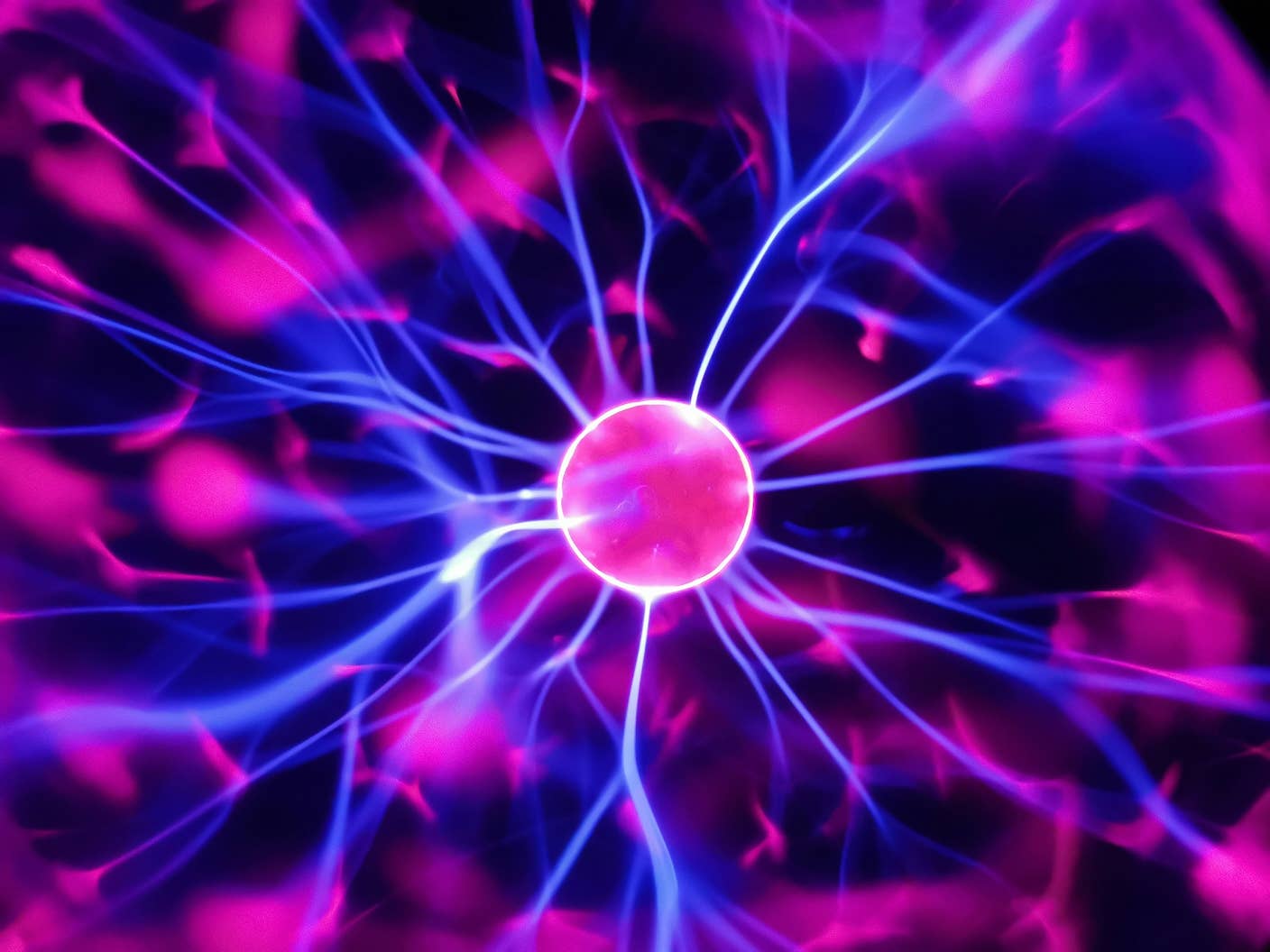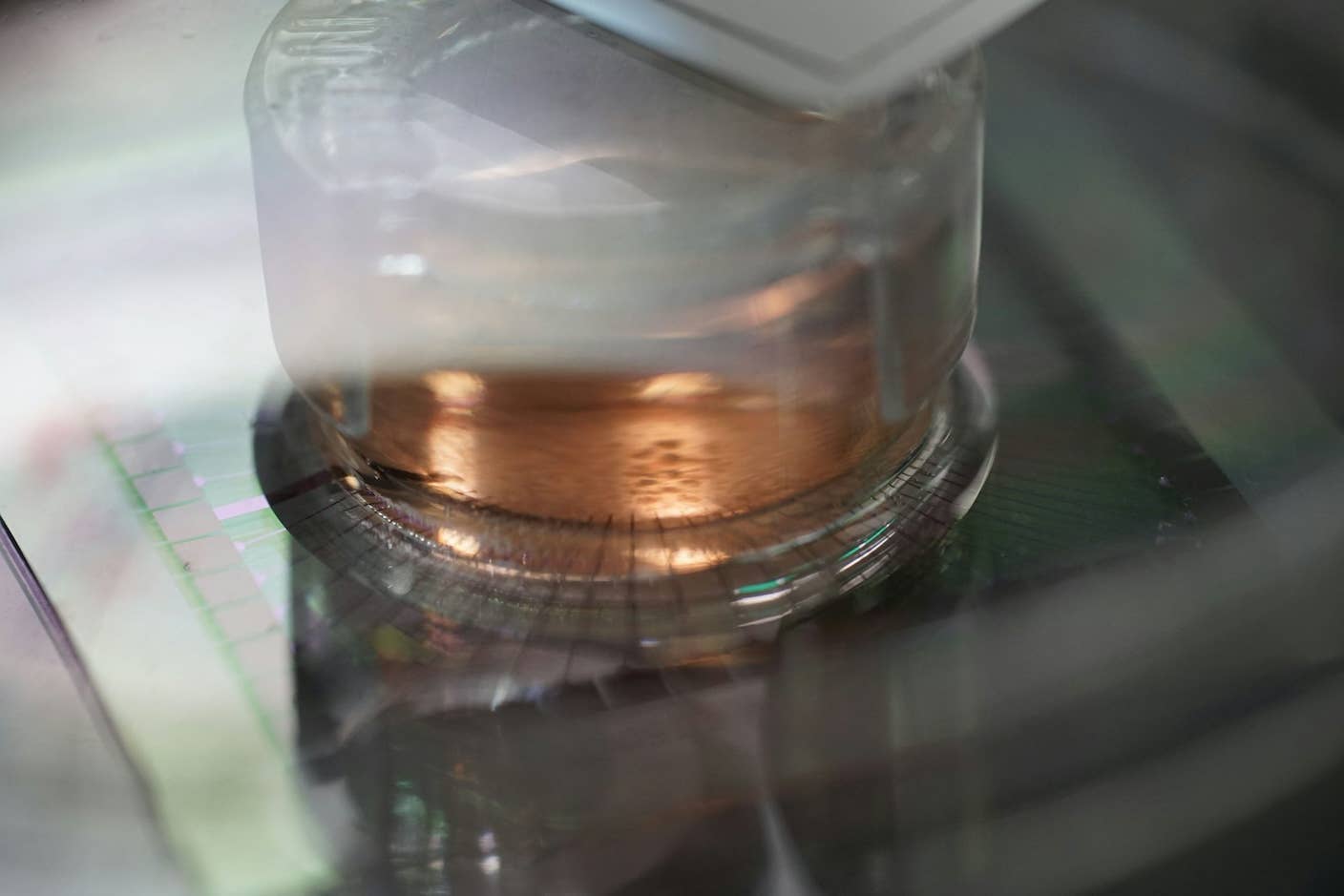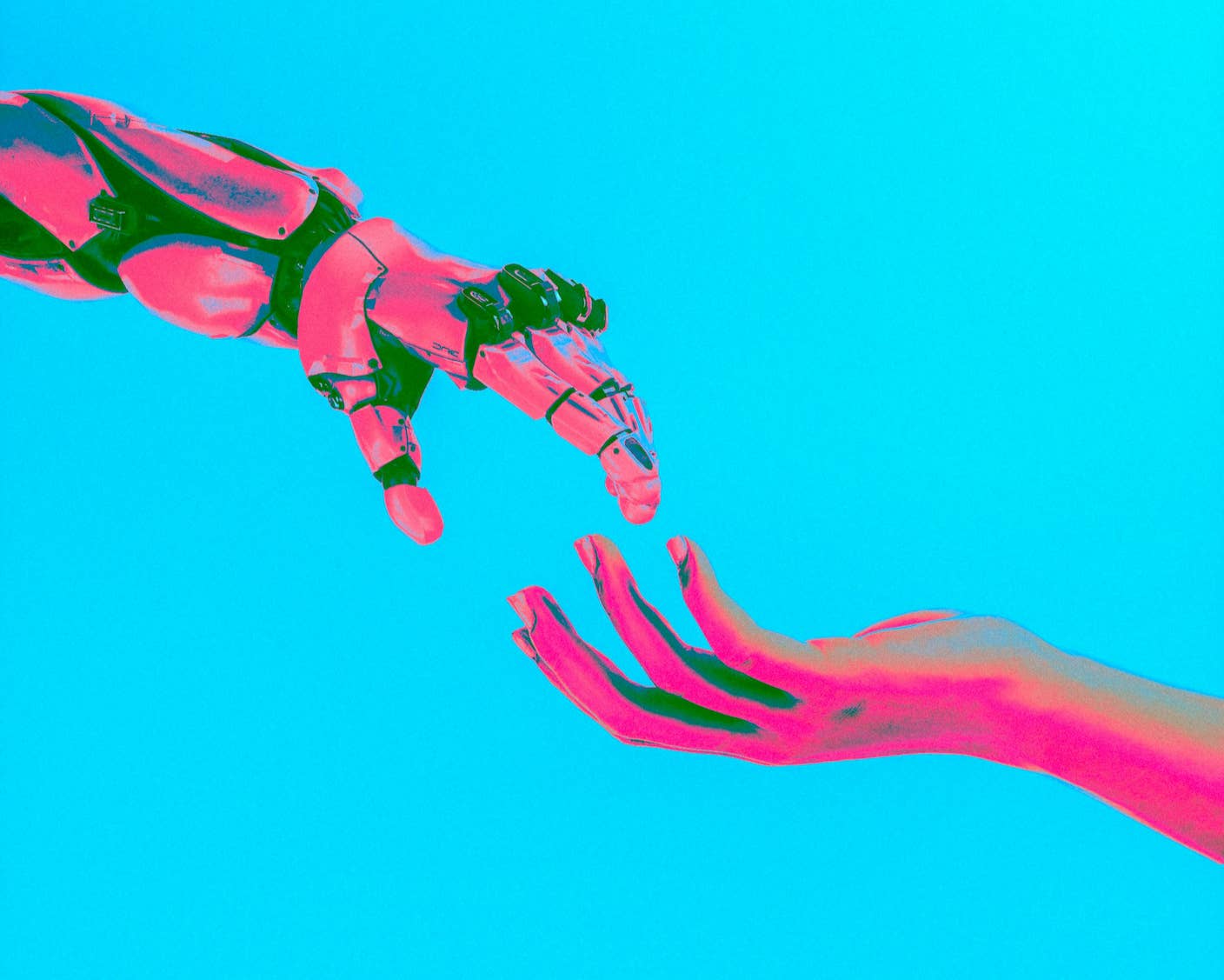When the Mother of Invention Is a Machine, Who Gets Credit?

Share
What do the Oral-B CrossAction toothbrush, about a thousand musical compositions and even a few recent food recipes all have in common?
They were invented by computers, but you won’t find a nonhuman credited with any of these creations on U.S. patents. One patent attorney would like to see that changed.
Ryan Abbott is petitioning to address what he sees as more than a quirk in current laws but a fundamental flaw in policy that could have wide-ranging implications in areas of patent jurisprudence, economics and beyond if his proposals are adopted.
“I argue that we ought to acknowledge a computer as an inventor because it would incentivize the development of creative computers and result in more innovations for society,” says Abbott, a professor of law and health sciences at the University of Surrey’s School of Law and adjunct assistant professor of medicine at the David Geffen School of Medicine at UCLA. He is also a licensed and board certified physician and registered patent attorney with the U.S. Patent and Trademark Office (USPTO).
In a paper recently published in the Boston College Law Review, Abbott offers a framework for revamping how the USPTO approaches nonhuman inventors. The current regulations are outdated and don’t recognize that computers are already producing patentable inventions, Abbott says in an interview with Singularity Hub.
Abbott notes in the paper, “I Think, Therefore I Invent: Creative Computers and the Future of Patent Law,” that early versions of AI, dating back to the 1990s, were independently creating all sorts of things, such as new super-strong materials and devices that search the internet for messages from terrorists.
Computers are no longer simple tools — the de facto stance of the government — but autonomous inventors, he says. Twenty years later, Abbott argues, that computing power has grown exponentially.
“A creative singularity in which computers overtake human inventors as the primary source of new discoveries is foreseeable,” he writes in the paper. “Creative computers may require a rethinking of the baseline standard for inventiveness, and potentially the entire patent system.”
There are basically three criteria to determine if an invention is patentable, according to Abbott.
It must be novel, nonobvious (the proposed invention must be far enough removed from any current technology that it would not be obvious) and useful. A little more than 50 percent of patent applications in the United States were approved in 2015, according to USPTO.
“It’s not hard to get a patent if you have something that is patentable,” notes Abbott, who believes that creative computers are likely behind some of those patents already.
He says there appears to be a reluctance by computer owners to acknowledge the role of AI in an invention, at least partly due to the uncertainty around the concept. There is some concern, for example, that an AI invention might fall into the public domain.
There are potentially serious dollars at stake here. A 2013 report by McKinsey Global Institute predicts that what it refers to as “automation of knowledge,” which includes artificial intelligence and computer learning, could have a global economic impact between $5.2 and $6.7 trillion by 2025.
Abbott’s solution is to assign patents to the computer’s owner, which generally refers to software ownership. He sees other options — such as the developer or user of the AI —as more problematic. For instance, allowing a computer’s user to own a patent might compel owners to tighten restrictions or access to their software.
IBM’s Jeopardy AI champion, Watson, is a prime example.
Be Part of the Future
Sign up to receive top stories about groundbreaking technologies and visionary thinkers from SingularityHub.


Watson is the ultimate multitasker, working in areas ranging from financial planning to health services to travel concierge. Ensuring that a company like IBM has a stake in any patentable inventions from these eclectic endeavors encourages openness and collaboration, cornerstones to innovation.
“I find much of Dr. Abbott’s article to be logical and well-reasoned. I agree that this is an underdeveloped area of law and more guidance by statute and case-law is needed to provide increased certainty for these issues moving forward,” says Michael Sharp, practice group leader for the Edmonton Intellectual Property & Innovation Group at Parlee McLaws, whose clientele include technology companies.
Asked to comment on the paper, Sharps says by email that the issue of nonhuman creators has been a topic of informal discussion among colleagues. In particular, the famous case of the so-called monkey selfies — an example Abbott also examines — has generated debate. The case involves a series of selfies taken by a Celebes crested macaque using equipment belonging to the British nature photographer David Slater that ended up in the public domain.
The dispute eventually led the Copyright Office in 2014 to publish its Human Authorship Requirement, which specifically lists the example of a photograph taken by a monkey as something not protectable.
Sharp does raise an eyebrow over the argument that Abbott’s proposed changes would be an incentive for innovations in creative computing. “I meet with many different types of human patent clients in many different industries and their motivations to invent have subtleties that can be difficult to generalize or predict.”
Sharp says the question of nonhuman involvement in the creative process does not come up in discussions with clients — but maybe that should change. “Perhaps these questions should start being asked now, and at some point, maybe it will become part of standard practice.”
Patent law is only one area where Abbott believes U.S. policy needs a 21st century refresher. He is also delving into critical issues such as the displacement of human workers by computers and the legal consequences when AI-operated technologies are responsible for accidents and injuries.
“I think [creative computing] is going to be profoundly disruptive societally in ways that forward-thinking Silicon Valley companies have figured out but the rest of us maybe haven’t, and I think it’s going to have impacts way beyond the purely technological and economic,” Abbott says. “It’s going to really transform labor markets and social interactions. There is a need for people to be thinking about how this is going to play out and what we can do as a society to make sure it benefits everyone.”
Image credit: Shutterstock
Formerly the world’s only full-time journalist covering research in Antarctica, Peter became a freelance writer and digital nomad in 2015. Peter’s focus for the last decade has been on science journalism, but his interests and expertise include travel, outdoors, cycling, and Epicureanism (food and beer). Follow him at @poliepete.
Related Articles

Hugging Face Says AI Models With Reasoning Use 30x More Energy on Average

How Scientists Are Growing Computers From Human Brain Cells—and Why They Want to Keep Doing It

Study: AI Chatbots Choose Friends Just Like Humans Do
What we’re reading